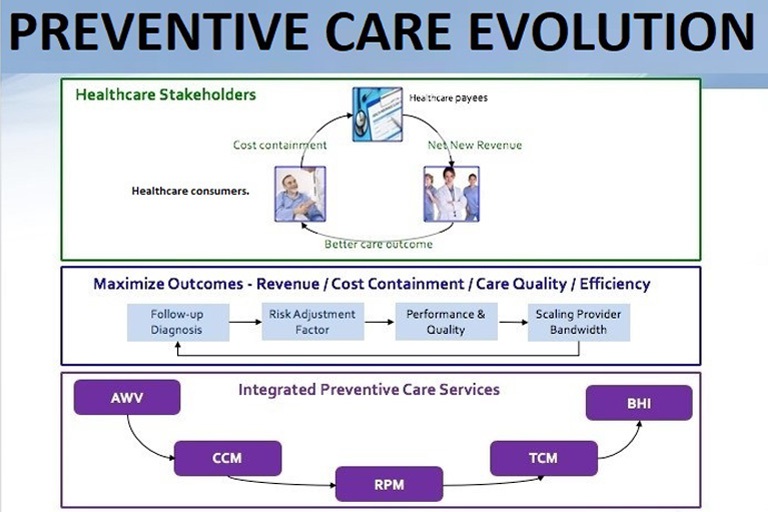
@ShahidNShah


Can healthcare institutes afford not to engage in the 2020 wave of healthcare disruption? While healers are not prognosticators, savvy healthcare CEOs have their eye on 2020. For those riding the disruption wave, the answer is simple. CMS alone is putting out more than 80 billion in reimbursements for preventive care initiatives. This calculation alone does not count on complex chronic care conditions and other follow-ups from preventive care engagements. Private healthcare payees are not far from this evolution as well.
Also, CMS and private healthcare payees have contained the growth of acute care reimbursement. It has almost the same ‘carrot and stick’ model for the evolution from paper to electronic. Continue to use the paper method and you will get penalized. Get on the electronic record train, and you will receive financial incentives.
Earthquake or Hurricane?
Both natural disasters are simply disasters. We do not bring this up from the disaster standpoint, but from our current ability to monitor the progress towards controlling the impact. Earthquakes cannot be foreseen, but hurricanes can.
The paper evolution is like an earthquake to healthcare with its impact still being felt today. There is not much planning upfront. The preventive care evolution is more like an imminent hurricane. We know it is coming, we know approximately when it will land, but we don’t know where it is going. We need to plan to deal with it and manage where it will take us. Those unprepared will suffer the most negative impacts. Will your healthcare institute take this risk?
Most healthcare institutes have deployed an EHR system, almost completing the evolution from paper to electronic medical records. This was the first wave of healthcare disruption. However, we now know that this was much more of a disruptive process in healthcare than anyone realized, as its impact has gone way beyond how patient medical data is recorded.
Power vs. Paper
It began with requirements for care providers to use an electronic system in place of a traditional paper approach, creating the potential for patient medical information exchange which will improve care quality and efficiency. CMS rolled out preventive care reimbursements starting with the Annual Wellness Visit (AWV).
CMS then continued to invest in preventive care through additional reimbursements such as Chronic Care Management, Remote Patient Monitoring, Behavioral Health Integration and Transitional Care Management. This strategy is based on the Patient Centered Medical Home (PCMH) with the objective to curb healthcare costs with preventive care measures, a 6:1 ROI versus acute care.
Reimbursements as incentives led to the next wave of healthcare disruption in which care providers’ workflows were impacted on how to record patient medical records. These preventive care initiatives created fundamental changes impacting almost every operational aspect of a care provider’s workflow.
Continue reading at emrindustry.com
Cerner will address the ongoing issue of clinician burnout with this advanced voice-enabled technology.
Posted Dec 5, 2019physician burnout
Connecting innovation decision makers to authoritative information, institutions, people and insights.
Medigy accurately delivers healthcare and technology information, news and insight from around the world.
Medigy surfaces the world's best crowdsourced health tech offerings with social interactions and peer reviews.
© 2024 Netspective Media LLC. All Rights Reserved.
Built on May 13, 2024 at 3:24pm